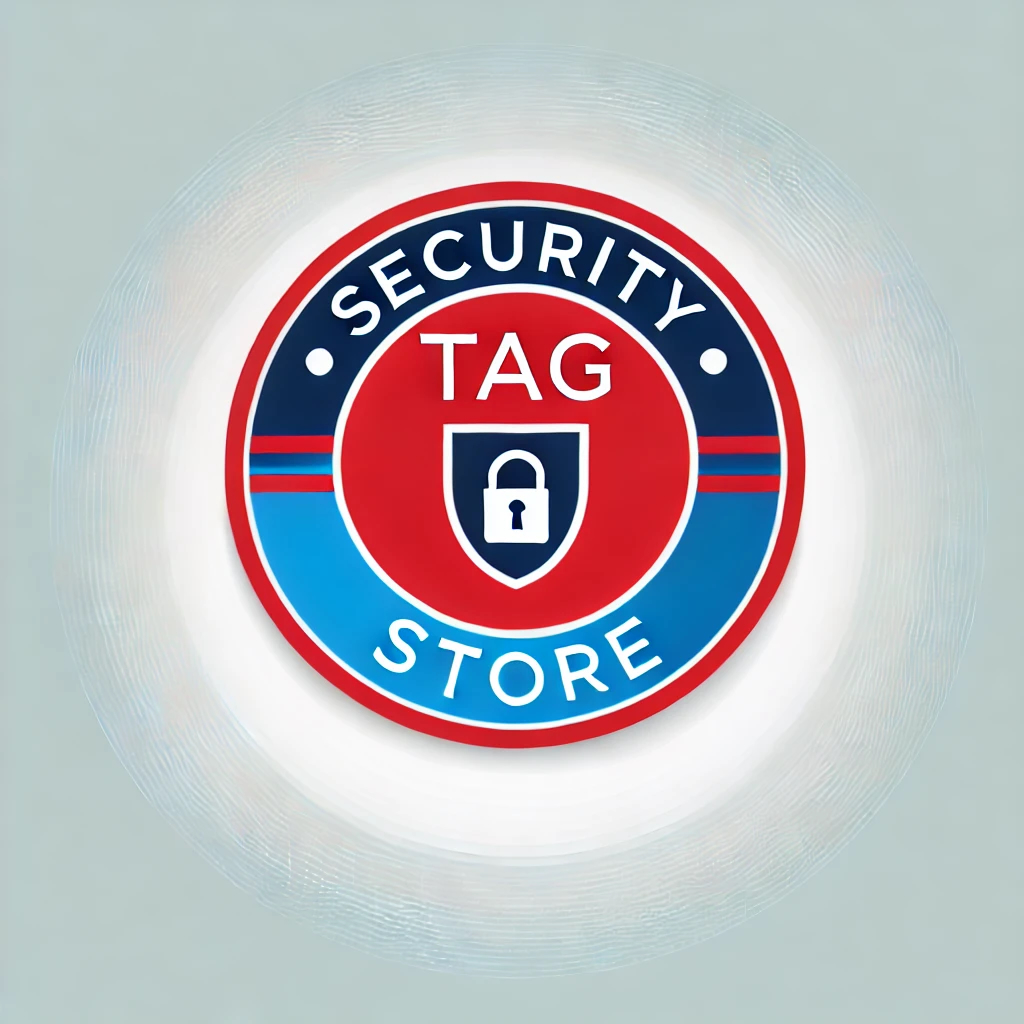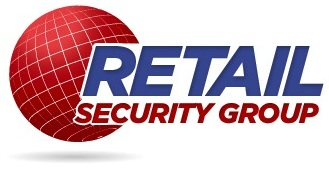Combating Retail Theft: Insights and Strategies for Modern Retailers
In an era of rising costs and economic uncertainty, retailers face an ongoing battle against shoplifting. Recent reports highlight a concerning trend: theft is on the rise, and certain items are consistently targeted across stores. By understanding these patterns and implementing strategic security measures, retailers can better protect their inventory and bottom line.

The Most Commonly Stolen Items
According to recent data, the following items top the list of most frequently stolen merchandise from retailers like Walmart:
- Phone accessories
- Alcohol
- Cosmetics
- Razors
- Clothes
- Jewelry
- Video games
- Deli meat
- Detergent
- Toilet paper
- Over-the-counter medications
- Sunglasses
- Electronics
- Baby formula
- Office/school supplies
- Toys
This list reveals a mix of high-value items (electronics, jewelry) and everyday necessities (detergent, toilet paper), suggesting that theft is driven by both resale potential and personal need.
Understanding the Motives
Shoplifting isn't always a simple case of individual opportunism. Business Insider reports that organized retail crime is a growing concern, with criminal groups targeting specific categories of goods for large-scale theft and resale. Additionally, the rising cost of living has pushed some individuals to steal out of necessity.
Effective Prevention Strategies
To combat theft, retailers are employing a variety of tactics:
- Enhanced Security Tagging: Utilizing advanced tags like Spider Tags and Screamer Tags for high-value items.
- Strategic Product Placement: Keeping frequently stolen items in locked cases or behind counters.
- Improved Surveillance: Investing in state-of-the-art camera systems and training staff to monitor for suspicious behavior.
- Rethinking Self-Checkout: Some retailers are reconsidering their self-checkout options due to the increased risk of theft.
- Source Tagging: Applying security tags at the point of manufacture to ensure consistent protection.
- Employee Training: Educating staff on loss prevention techniques and how to spot potential shoplifters.
- Data Analysis: Using sales data and security footage to identify which items are most at risk and adjusting protection measures accordingly.
Tailoring Protection to Product Categories
Different types of merchandise require different security approaches:
- Luxury Items: High-end electronics, perfumes, and alcohol benefit from alarmed tags like Spider Tags or Screamer Tags.
- Small, High-Value Items: Cosmetics, razors, and jewelry can be protected with small, discreet security labels.
- Clothing and Accessories: Shell Tags or Mini Pencil Tags work well for apparel items.
- Everyday Essentials: Even items like detergent and toilet paper may need to be kept in more secure areas or tagged if theft becomes a persistent issue.
The Importance of a Comprehensive Approach
While security tags and surveillance are crucial, they're most effective as part of a holistic strategy. This includes:
- Creating a store layout that discourages theft
- Maintaining appropriate staffing levels
- Fostering a culture of awareness among employees
- Collaborating with local law enforcement
- Implementing fair and consistent policies for dealing with shoplifters
Conclusion
As retail theft evolves, so too must prevention strategies. By staying informed about trends in shoplifting, investing in diverse security measures, and training staff effectively, retailers can significantly reduce losses and create a safer shopping environment for customers and employees alike. The key lies in remaining vigilant, adaptable, and committed to ongoing improvement in loss prevention techniques.

